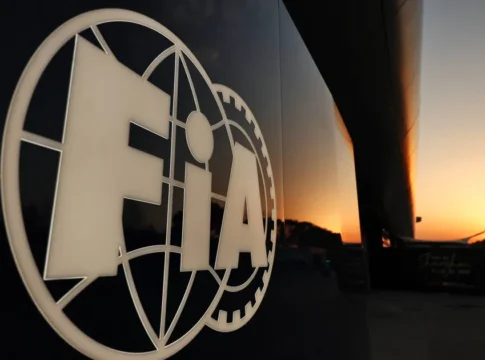Formula One is still in talks about the 50-50 power split in new engines planned for 2026. But now the FIA might be pushing to scrap these engines earlier than expected, according to Auto, Motor und Sport.
The new power units have faced plenty of criticism. Many say the equal split between traditional combustion engines and hybrid technology just doesn’t work well.
Drivers have complained that cars might be slower on straights, with power delivery being inconsistent throughout laps.
Money is another big issue. Each manufacturer gets a $130 million budget just for power unit development.
## F1 considering V8 engines with Red Bull and Cadillac backing
The German publication reports that a decision has already been made to replace the upcoming 2026 engines with 2.4 liter V8s.
These proposed V8s would still have a hybrid component, but it would be scaled back compared to the 2026 plans. They’d deliver between 220 and 240 kilowatts of electric power.
The engines would run on climate-friendly CO2-neutral fuel using a special pre-chamber ignition process to save fuel.
Red Bull and Cadillac are apparently backing the FIA on this change.
The switch could happen as early as 2029, just three years after the new regulations take effect.
## Audi and Honda likely to fight back
Audi and Honda aren’t happy about the potential change. They feel three years under the 2026 regulations is way too short considering the massive investment they’re making.
They’ve already poured millions into developing these engines.
For Mercedes, the situation is pretty straightforward. They’re reportedly ahead of other manufacturers in developing the 2026 power units, so they want to keep things as planned.
While Ferrari and others are pushing to reduce the electrical component’s 50% power contribution, Mercedes wants to maintain the current power ratios.
According to the German media outlet, another summit about power unit regulations is scheduled during the Italian Grand Prix. All manufacturers will meet with the FIA to try to reach an agreement not just for 2026, but also for what comes after – which wasn’t supposed to happen until 2031.

